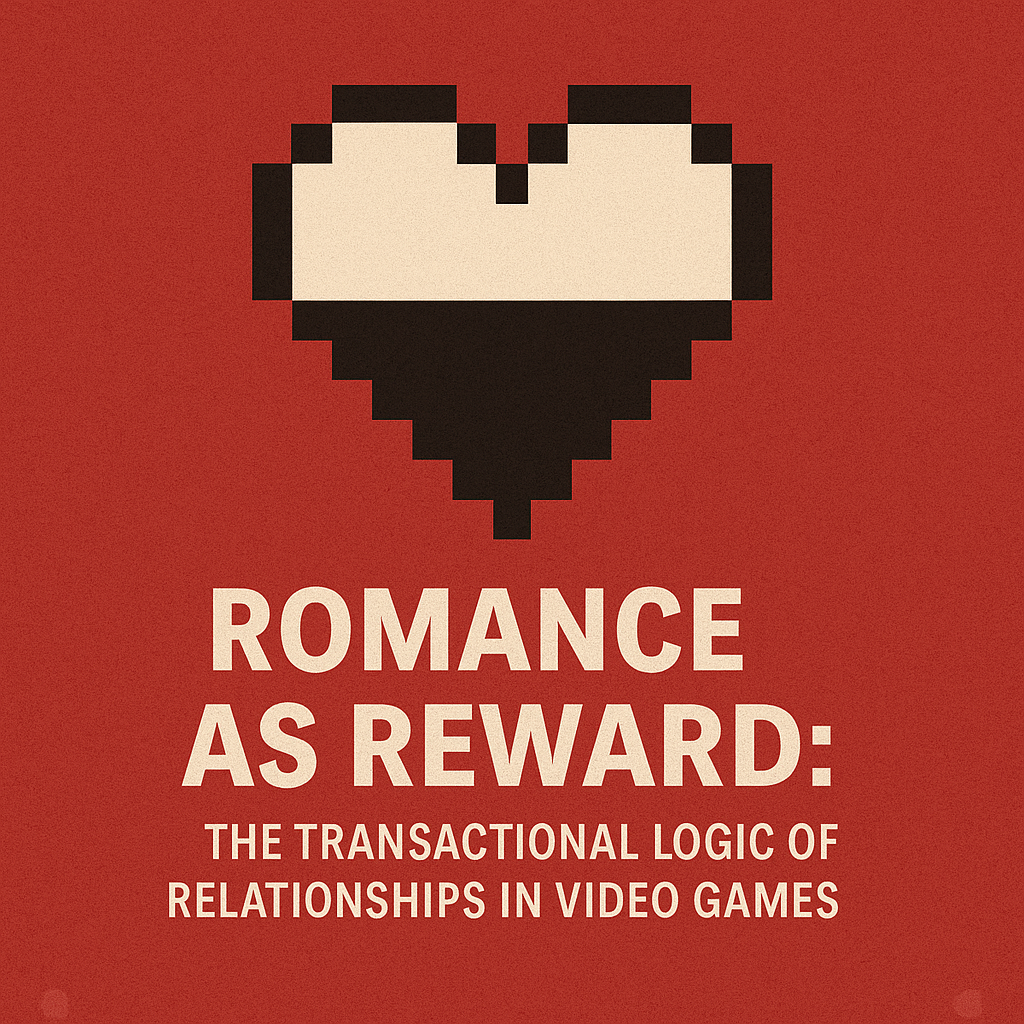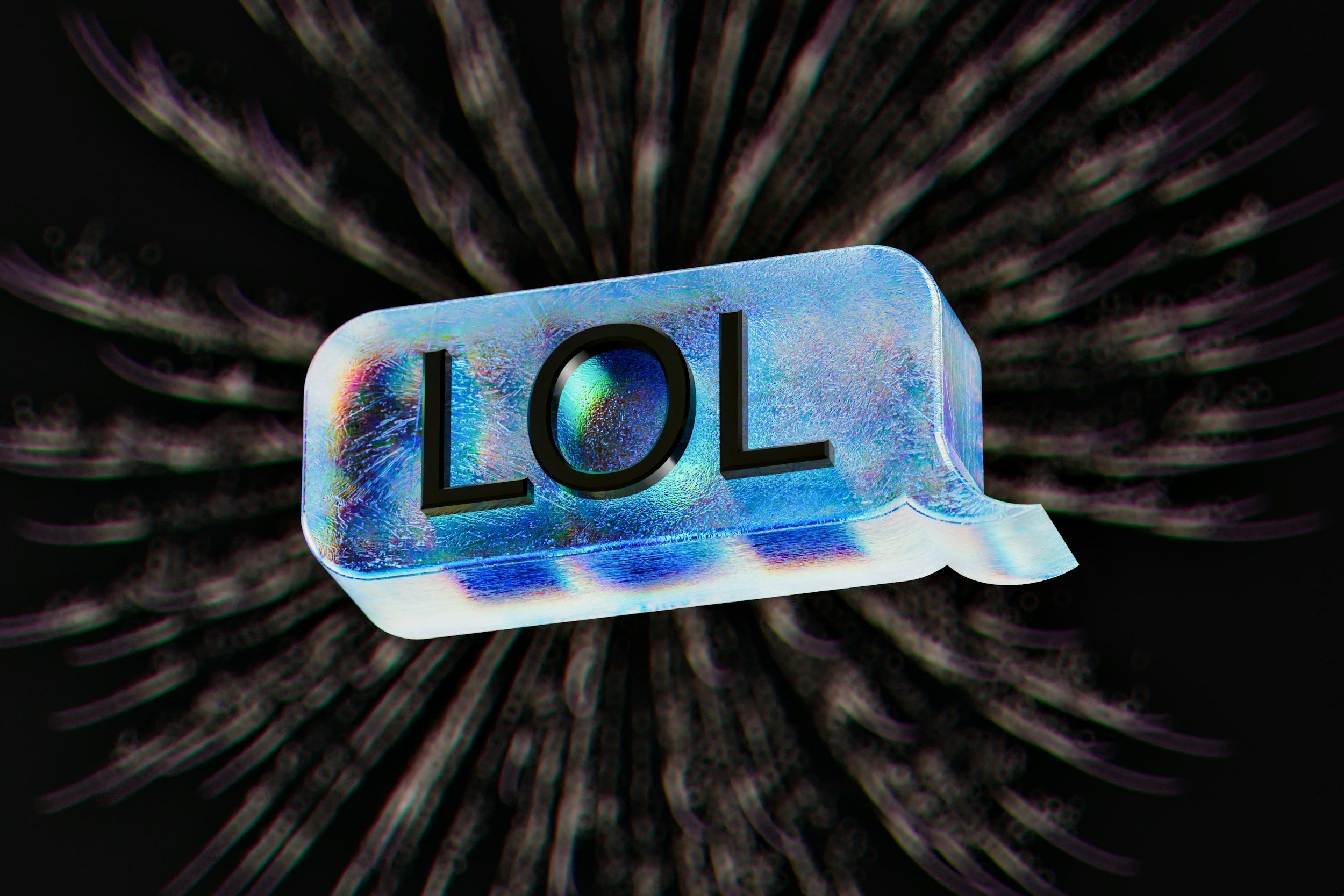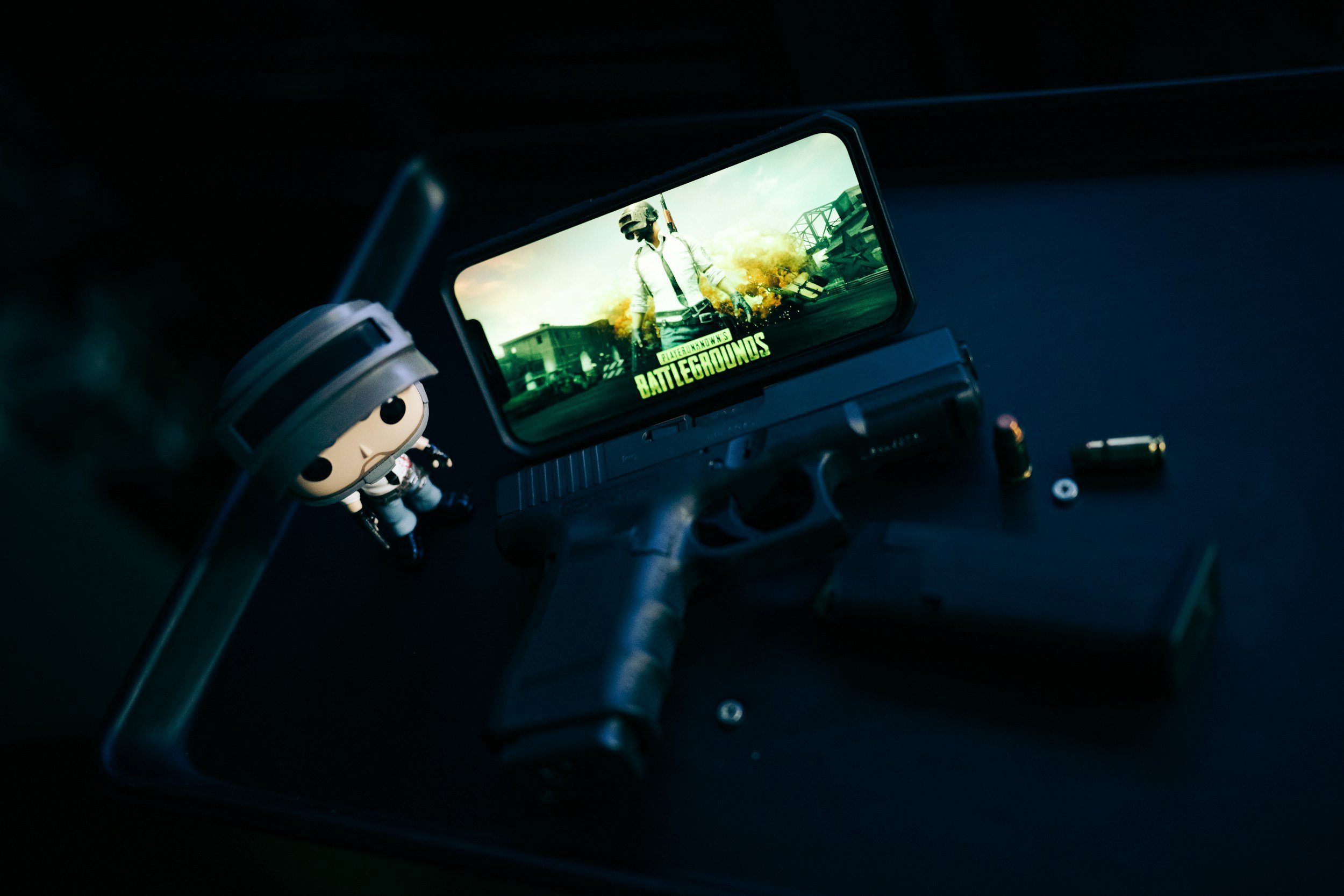From Player One to Player Two: Mario, Luigi, and the Reflection of Sibling Hierarchies
Since the release of Mario Bros. in 1983, the image of the red-clad plumber and his greener-garbed brother has become a staple of video game culture. From arcades to living rooms worldwide, generations of players have guided Mario often cast as the de facto “player one” across castles and over pitfalls in his quest to rescue Princess Peach. Meanwhile, Luigi, the literal sibling sidekick, typically stands ready as “player two,” waiting in the wings or relegated to cameo spots. Although seemingly innocuous, this dynamic can be viewed through the lens of sibling hierarchies, reflecting and potentially reinforcing certain cultural notions about older siblings overshadowing younger ones. Drawing from psychological research on sibling relationships and the social impact of media, this essay explores whether Mario and Luigi exemplify and perpetuate the trope of sibling hierarchies and how our collective attitude toward siblings in fiction and real life might be shaped in the process.
The Mario–Luigi Dynamic
Mario as Iconic Lead
Mario has been the face of Nintendo for decades, occupying a spotlight unrivaled by most other game characters. His red hat, overalls, and signature mustache have become globally recognizable, turning him into a corporate mascot of sorts. In video games, on merchandise, and across advertisements, Mario is the character most closely associated with Nintendo’s identity. By contrast, Luigi’s green attire, slender build, and more timid personality are often second thoughts acknowledged but not foregrounded. Luigi’s characterization as the anxious, easily startled “other brother” arguably makes him a foil for Mario’s confident, can-do heroism.
Player One, Player Two
From the earliest days of the franchise, the standard setup has been: pick up the first controller, and you become Mario; pick up the second, you become Luigi. Historically, this effectively relegates Luigi to a secondary position both in gameplay and cultural perception. While this might sound trivial, it mirrors a common real-life pattern: the “older” or more established sibling (in this case, Mario) taking priority, while the younger or more passive sibling (Luigi) follows. In psychological terms, younger siblings can develop “second-tier” self-concepts, reflecting beliefs possibly subconsciously, that they are less important or overshadowed by their older sibling’s achievements.
Key Moments of Reversal
Nintendo has recognized Luigi’s underdog appeal at times, such as in Luigi’s Mansion, where the nervous green plumber musters courage to save Mario from ghosts, effectively flipping the usual rescue script. This comedic yet heroic portrayal endears Luigi to many fans, affirming his capability and unique personality. Further, “The Year of Luigi” (2013–2014) saw Nintendo celebrating the quieter brother across various titles, highlighting his comedic charm and potential as a lead protagonist. Yet, even during this promotional push, Luigi’s identity largely hinged on the fact that he was not Mario, an alternative, an “other,” underscoring that the fundamental hierarchy between the two remained largely intact in the collective imagination.
Sibling Hierarchies in Psychology
Birth Order Theory
One lens through which we can analyse Mario and Luigi is Alfred Adler’s birth order theory. According to Adler, first-borns (akin to “Mario”) often assume leadership roles, receive more parental attention initially, and sometimes develop a more confident or responsible persona. Younger siblings (akin to “Luigi”) may, in turn, become more dependent, striving to carve out a unique identity and sometimes ending up overshadowed. Although birth order theory isn’t an absolute science and many other factors (like family size, parental style, or cultural context) shape personality, its popular interpretation finds parallels in the way Mario and Luigi are depicted: the first-born hero, front and centre, and the second-born figure, lingering in his shadow.
Social Learning and Identity
Psychologist Albert Bandura’s social learning theory underscores the idea that individuals (especially children) can learn behaviours and norms from observing role models in media. When kids see a consistent pattern of “older sibling = star, younger sibling = sidekick,” they might internalize the belief that they, too, should fit into such a hierarchical dynamic. In this sense, Mario and Luigi’s roles could, albeit subtly, reinforce stereotypes that one sibling naturally garners more attention, excitement, or accolades. For a child struggling with sibling rivalry, the unspoken message that “player one is more important” can solidify feelings of insecurity or inferiority, particularly in contexts where they already feel overshadowed.
The Power of Labels
Beyond birth order, psychologists note that labelling within families can create self-fulfilling prophecies. A “golden child” might be labelled as talented, while the other is seen as “shy” or “the sidekick.” Over time, these labels can become deeply ingrained. Luigi’s comedic positioning known for his nervous laugh, trembling knees, and frequent status as “Mario’s brother” rather than an equal hero can be seen as a narrative label that shapes how audiences view him. Although comedic and endearing, it also remains limiting, potentially reinforcing a world where “the sidekick” role is stable and accepted.
Fictional Portrayals of Sibling Dynamics
Stereotypes in Storytelling
The overshadowed younger sibling is a pervasive trope in literature, film, and television. From Shakespearean drama (with the tension between older and younger princes) to contemporary cinema, storytellers often leverage the older vs. younger sibling dynamic to introduce conflict, humor, or character development. It’s a convenient narrative device that resonates because many people have firsthand experience with sibling rivalry or, at least, sibling comparison. Mario and Luigi, in their bright and whimsical universe, may render a lighter, more comedic version of a trope that can be quite serious in other media.
Charm vs. Harm
One might question whether such portrayals actively harm audiences. Scholars of media psychology argue that fictional depictions rarely act in isolation; they intersect with family dynamics, cultural norms, and personal experiences. Thus, the Mario–Luigi dynamic doesn’t singlehandedly cause younger siblings to feel inferior, but it could reinforce existing beliefs that younger siblings are second in line. On the flip side, fans often embrace Luigi precisely because he’s an underdog, relating to his perceived vulnerability and finding comfort or humor in it. In this light, the hierarchy itself becomes an endearing point rather than a damaging one, but the potential for both interpretations remains.
Modern Shifts
Contemporary Mario titles sometimes allow players to choose their character freely (e.g., Super Mario 3D World, New Super Mario Bros.), reducing the sense that Luigi is an afterthought. Similarly, cooperative modes let characters work together, diminishing the competition that might highlight one sibling over the other. While these shifts reflect a growing desire for more inclusive, less hierarchical gameplay, the long history of Mario overshadowing Luigi persists in popular consciousness. That background might not vanish merely because new mechanics offer more equitable choices.
Real-Life Reflections and Implications
Internalized Hierarchies in Families
It is common in families for the firstborn to assume leadership (or at least claim “player one” in many situations), while the younger sibling ends up accommodating that hierarchy, often because it’s the established pattern. Parents might inadvertently reinforce this by giving the oldest child decision-making power or praising them more. The repeated scenario of Mario as the lead and Luigi as the sidekick can, therefore, feel quite normal to families already operating under these unspoken hierarchies. Whether this extends into adulthood in a harmful way depends on a multitude of factors: parental involvement, personal resilience, and the presence of open communication about each child’s worth and abilities.
The Role of Play
Video games, by nature, are a form of play. For many kids (and adults), playing Super Mario Bros. can be a collaborative experience that bonds siblings and friends. While one is Mario and one is Luigi, they might team up against Bowser and celebrate each other’s victories, potentially fostering mutual support rather than resentment. It’s less about reinforcing hierarchies and more about shared fun. On the other hand, if a family’s dynamic is already strained by sibling rivalry, the “player one”/“player two” setup could exacerbate feelings of unfairness. Here, the game’s structure acts more as a mirror than a cause, reflecting real-life tensions rather than creating them.
Cultural Perspectives
In some cultures, strict hierarchies based on age or birth order are more pronounced, with older siblings given clear authority. In others, such hierarchies are minimized, and siblings are encouraged to see each other as equals. Media products like Mario might have different impacts depending on these cultural backdrops. In a context where older siblings are inherently respected, Mario’s dominance might feel perfectly natural and uncontroversial. Hover, in a culture that prioritizes equality, the stark difference in status might stand out more, possibly prompting critiques or calls for more balanced representation.
Navigating Our View of Siblings in Fiction and Beyond
Seeking Balance in Depiction
Creative storytelling thrives on conflict and character contrasts, so it’s unlikely that fictional siblings will ever be depicted without some sort of dynamic tension. However, balance matters. The occasional shift, letting Luigi save the day or placing him front and centre in spin-off games helps challenge the assumption that he is always second. Likewise, more flexible game mechanics and narratives allowing players to choose which brother they control from the outset can subtly promote the idea that each sibling has equal potential.
Empathy and Narrative
Stories can foster empathy. When players see Luigi’s anxiety, they might relate to that feeling of being overshadowed or scared. This empathy can translate into real-life compassion for siblings who may be less vocal or overshadowed by a confident older brother or sister. Conversely, Mario’s unwavering determination might inspire older siblings to be mindful leaders rather than overbearing ones. In this way, fictional narratives can spark dialogue about relationships and power dynamics, encouraging players and families to engage more consciously with one another’s strengths and vulnerabilities.
Parental and Societal Influence
Ultimately, parents, educators, and even older siblings themselves can interpret these narratives in various ways. One household might see Mario as a role model for bravery while ensuring that Luigi is recognized as equally capable. Another household might inadvertently praise Mario-like qualities; confidence, extroversion over Luigi-like traits; thoughtfulness, caution. Societally, as more discussions about representation and equality enter the mainstream, media (including games) might continue evolving to portray sibling relationships with greater nuance. Luigi’s comedic fear might remain, but his heroism could be underscored more consistently, affirming that the “second player” can, in fact, be the lead when the situation calls for it.
Simply Put
Mario and Luigi’s dynamic, Mario as the triumphant star, Luigi as the earnest but overshadowed younger brother is more than a simple bit of gaming lore. It offers a snapshot of sibling hierarchies that many of us recognize, whether from personal experience or from broader cultural narratives about birth order and family roles. Psychological research suggests that repeated exposure to such hierarchies can subtly shape our perceptions, especially in children who are navigating real-life sibling relationships. At the same time, the Mario franchise’s comedic and whimsical tone, along with moments that highlight Luigi’s heroic side means that this hierarchy is not necessarily oppressive or universally harmful. Instead, it can be interpreted in myriad ways, serving as a point of empathy, an ongoing joke, or an affectionate nod to the complexities of sibling love and rivalry.
In real families, older siblings often do secure the “player one” position, whether literally or metaphorically, and younger siblings can end up feeling like Luigi; sometimes overshadowed, sometimes craving their own space to shine. Yet as we become more mindful consumers of media, we can choose how to frame these narratives. We can celebrate and support the “Luigis” in our lives, offering them chances to excel on their own terms. Meanwhile, recognizing the ways that the “Marios” of the world might inadvertently dominate spaces can encourage them to share the limelight. In this sense, even a colourful, carefree platformer can provide real insight into our familial structures and prompt us to reflect on how best to honour all sibling voices, whether they wear red or green.
Reference
Adler, A. (1929). The science of living. London: George Allen & Unwin.
Bandura, A. (1977). Social learning theory. Englewood Cliffs, NJ: Prentice Hall.
Miyamoto, S. (Producer). (1983–present). Super Mario Bros. [Video game series]. Nintendo.









Discover how video game economies like EVE Online mirror real-world finance, influencing players' views on money, trade, and ethics. Learn about the psychological and societal effects of virtual economies, from financial literacy to ethical challenges and future societal norms.